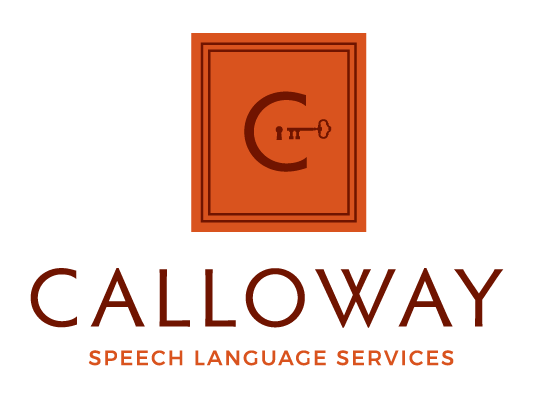Hellooooo readers! Fall is here and with the season it brings all things pumpkin, apples and leaves. Also…school. Yes school is in session…albeit virtual (and challenging) in many places but hopefully you have found some modicum of a routine or schedule. If you have not, don’t fret…this too shall pass. You will be racing out to the bus stop before you know it. Virtual speech therapy sessions, both private and school-based, are also in full swing. Your friendly neighborhood - nope scratch that - virtual speech therapist is here to help you navigate these murky waters.
For my parents with especially challenging scenarios (i.e. it is the Wild Wild West showdown trying to get your child to sit in front of the computer/tablet), take note: Just explain the challenge to your therapist. Mute and/or turn off the video when needed. It is ok. This way of therapy is challenging for the student and the therapist. A picture schedule is an excellent way to help children understand expectations and know when the activity is over! It can be actual pictures or line drawings: as long as your child understands that the pictorial representation signifies that particular activity. Laminate and Velcro the pictures to take off when done or simply turn it over. This makes the session concrete and shows there is a beginning and an end. If your child is a reader, you can simply write out the course of events and have him/her cross off when done. Google “picture schedules for school aged/preschool” and a plethora of ideas will pop up!
Sometimes a movement break is needed, so consider giving your child one every few minutes or after the completion of an activity. If your child is very active, try some calming activities. For example, move to a quiet area of the house with dim lighting and soft calming music. Another option is to use a weighted blanket or give a deep pressure hug while singing ABCs or a favorite nursery rhyme. If your child is more on the passive side motorically, consider some activities that are more alerting. Jumping, running, and tickling are all alerting activities to “wake up” your child. Build these movement breaks right into your child’s therapy routine. Be sure to consult with an occupational therapist if you think sensory concerns are impacting function of daily activities (Examples of these concerns include but are not limited to covering ears with noise, limited textures that the child touches or eats, extremely active or, conversely, decreased reaction to stimuli).
If your child is unable to sit for any length of time, it may be best if you (the parent) sits in on the speech session to discuss therapy strategies to incorporate into your daily routines. As the clinician, I find these sessions extremely helpful. This is especially beneficial for my school-based populations as collaboration can be difficult due to parent work and family obligations. Ask for ways that language or articulation targets can be addressed in routines that you already have in place. In this way, you can carryover goals without necessarily having to carve out time in your already busy lives. For example, make getting dressed a choice-making activity where your child can choose between 2 items of clothing or, for limited language kiddos, work on labeling and understanding labels of clothing items.
Remember that routines and reinforcement during virtual therapy is extremely important. This helps keep children motivated to participate, as they are familiar with the expectation. When all else fails, turn off the computer and use real life activities and situations to provide the lessons you are looking for from teletherapy. Your therapist is a wonderful resource in providing strategies you can use in the grocery store, playground, grandma’s house, or right in your own living room.

